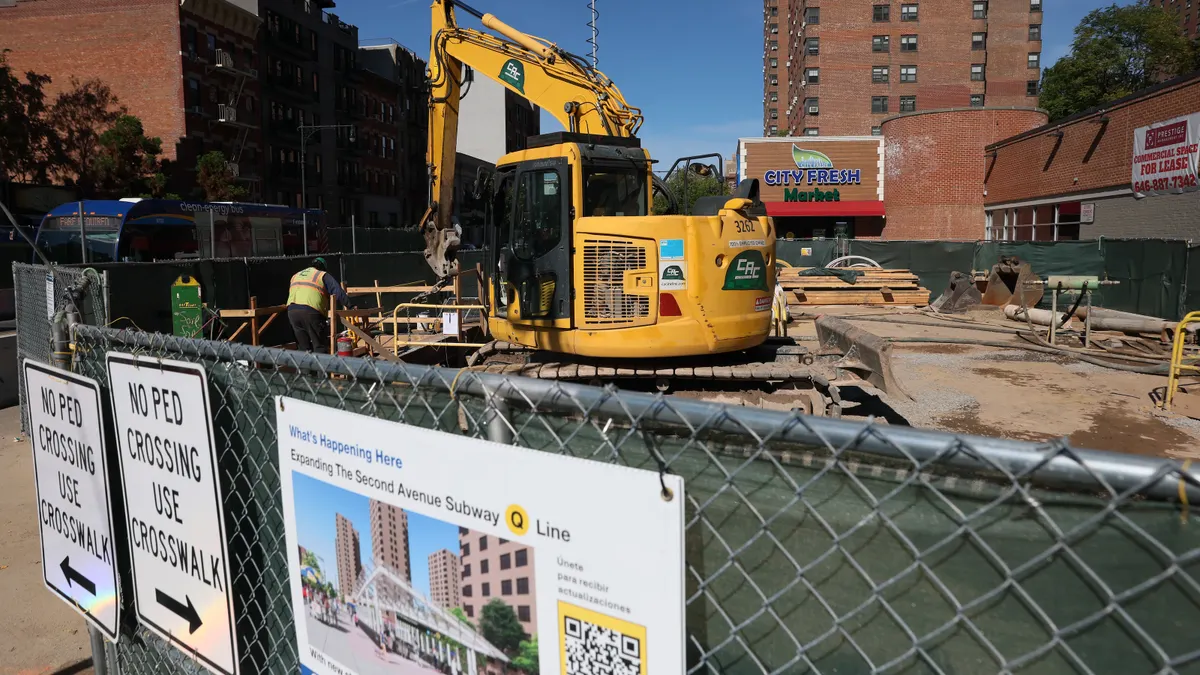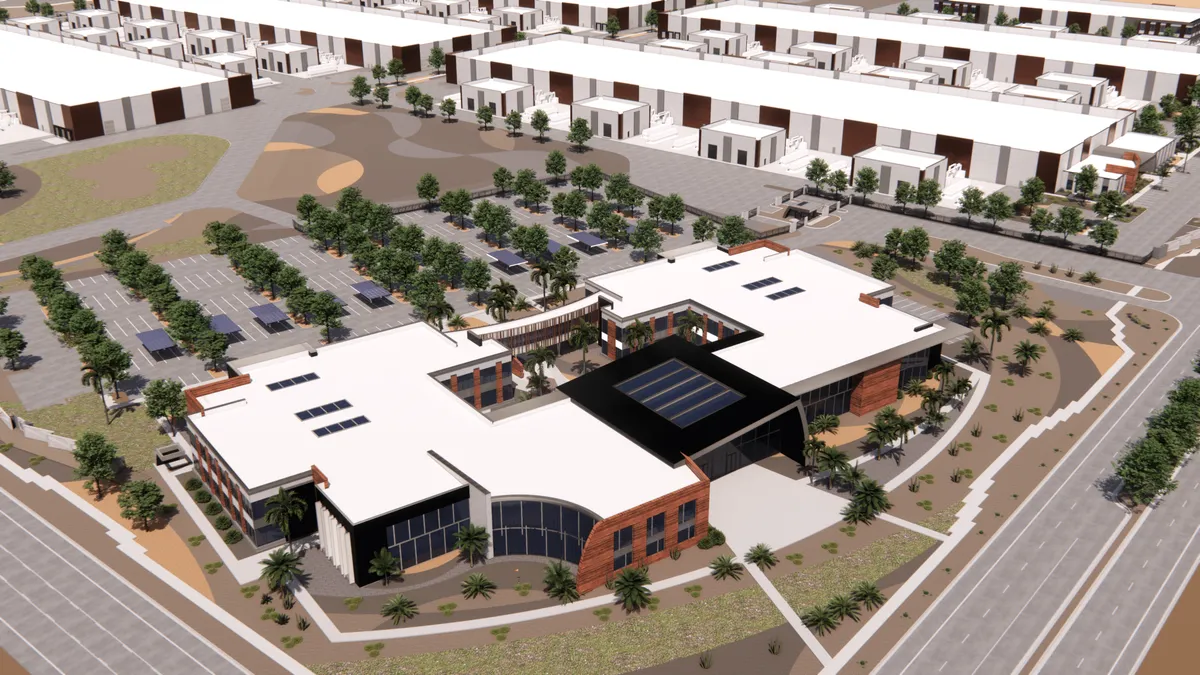The value of real estate starts and ends with location, but there are things a developer can do to optimize the kind of lots that don’t back up to a beautiful golf course’s 10th hole or a master plan’s shaded walking trails. Beyond capitalizing on sites that happen to face a direction that enables good feng shui, there are proactive steps to be taken that can pay off in faster absorption rates and higher seller prices.
Here are some tips to make the most of the land.
Know your market
It doesn’t matter much what you think would be a good product if potential buyers don’t share your point of view. “You can’t dictate to the market what it wants,” says Skip Preble, president of Land Analytics, a real estate consultancy in Boerne, TX. “It just doesn’t work that way.”
Be willing to think differently
In a typical subdivision, often only 20% of the lots are positioned to sell at a premium. By staggering the homes to offer undulating open spaces along the street, however, it’s possible to increase the number of these lots significantly, says Rick Harrison, president of Rick Harrison Site Design Studio, in Golden Valley, MN. But it’s important to be proactive. “For some builders, there’s no incentive to change how they design the house until there’s a different product down the street that they now have to compete with,” he says.
Reject cookie-cutter subdivision layouts
Harrison starts by placing homes in ideal locations and creating a pedestrian system that connects the neighborhood. Meandering streets take advantage of lot frontages while fewer intersections and non-fronted streets typically decrease street length by 20% to 30% compared to conventional subdividing, he says. Requiring less infrastructure, including utility and sewer mains as well as sidewalk lengths, saves the developer money.
Understand that minimum setbacks are just that: a minimum
Harrison gives an example of a cul-de-sac whose sidewalk followed around the circle and back out, rather than cut through to other streets, and was filled in with massive amounts of pavement to meet the minimum required fire engine turnaround radius.Pavement for a typical cul-de-sac is equal in volume to a street of 250- to 300-feet long, but it might only have four or five lots, making the ratio of number-of-lots-to-volume-of-pavement extremely inefficient, Harrison says. Since people drive the perimeter of the space and not through it, the center doesn’t need to be paved and could instead be green space if the diameter is increased and traffic moved one-way.
By extending the setbacks, the number of premium lots could be increased from four to eight, he says. Adding both a walking trail that connects to the rest of the neighborhood and more pervious surface material saves the developer money and results in a more walkable neighborhood.
Learn to recognize waste
Design inefficiencies can have a big impact on a project’s bottom line. One common example he sees is when home sites are located on only one side of a street, leaving those houses burdened with covering twice the road costs, unlike double-loaded streets.
Increase the line of sight with a viewpoint from inside the home
Harrison recommends staggering the homes at angles from the street and each other, or pulling them back. That can increase the number of premium lots for sale. And not only will the owner have better views, but those views also won’t be of their neighbor.
Eliminate lost space
In high-density areas, homes often become narrow and deep. If the lot is angled, the home can be built wider, allowing for larger view corridors, side windows and bigger backyards because less depth is needed to maintain the same square footage, Harrison says.
Look for property with built-in amenities
After that property is found, increase the number of homes that can benefit from it, Preble says. Limiting the number of view lots to those homes lining a golf course or water feature is a lost opportunity because that limits the views for other nearby homes. Adjusting sites can increase the number of lots that now have views of optimal features, often from relatively far away.
Meet with the planning department – first
Although it’s last on this list, the meeting should happen before any design work is done. Because land-use codes are often accessible online, one mistake developers make is not realizing that those codes don’t tell the whole story, says Janet Hawkinson, planning director with the town of Minturn, CO. Minturn is located just a few miles outside of the popular ski resort town of Vail, CO, where the median sales price of a home hovers around $1 million.
Developers can save time and money by meeting face-to-face with those who know the regulations and the city’s development goals. Hawkinson says it’s important to understand more than just the number of homes the area is zoned for, including the city’s master plan and local politics, which can help inform whether there will be support for a project.
Someone planning a subdivision with all multimillion-dollar homes would find little support in a town that wants to keep affordable housing options available for its residents. “But we can work with developers,” Hawkinson says. “Since we need more affordable housing in Minturn, we might allow a higher density if the developer agrees to some deed-restricted homes, for instance. Or we can waive certain requirements or fees so we can help have a project that benefits everyone.”
Land investments have always come with a level of uncertainty, and after going through two giant market corrections in a span of 20 years, Preble knows first-hand how quickly absorption rates can change, greatly affecting calculations as to the time-value of money spent to develop the project, interest, and risk. Not maximizing the value of lots in a developer’s pipeline can leave money on the table.
Yet if pressed for his best recommendation, Preble still goes back to his first tip.
“Know your market and then pick the right lot type to sell,” he says. “If you get that right, everything else is just the details.”





















